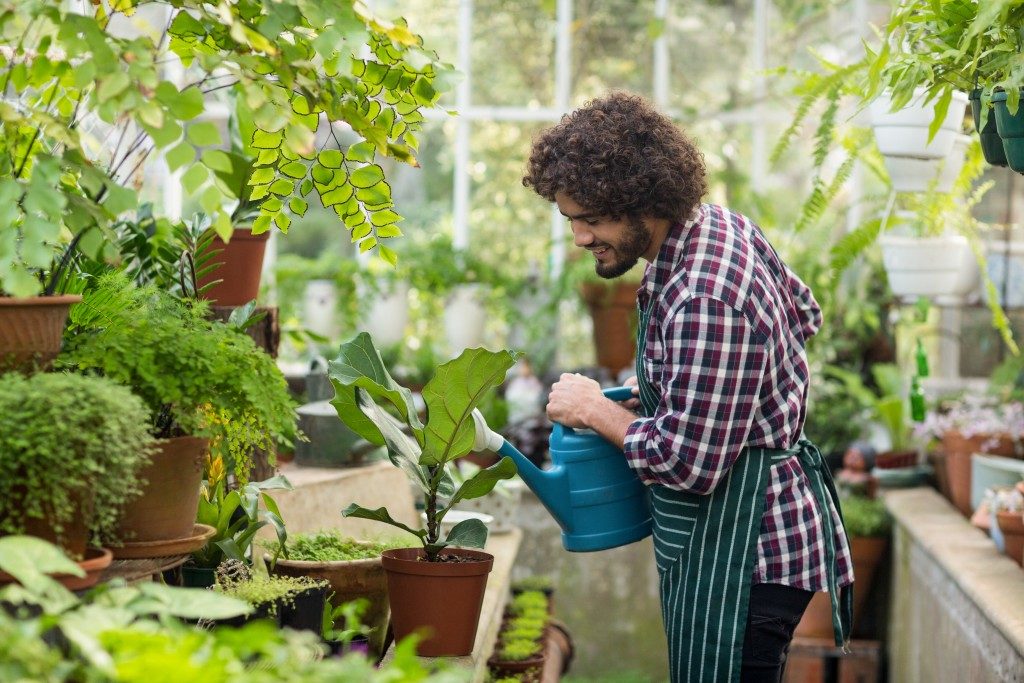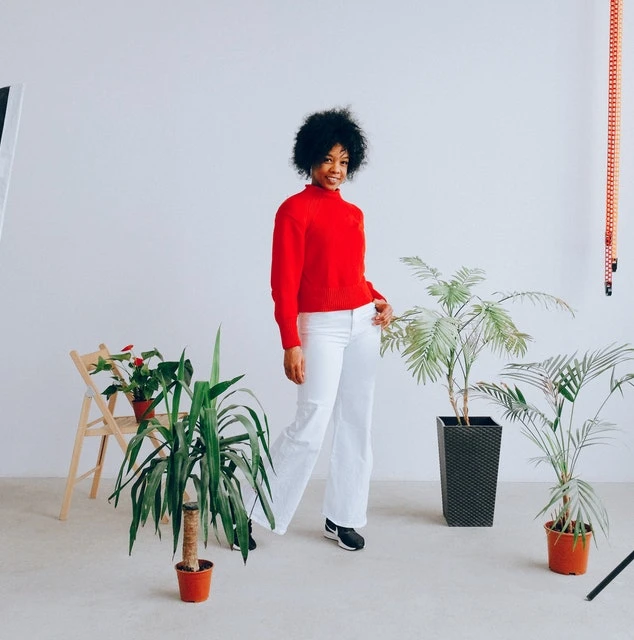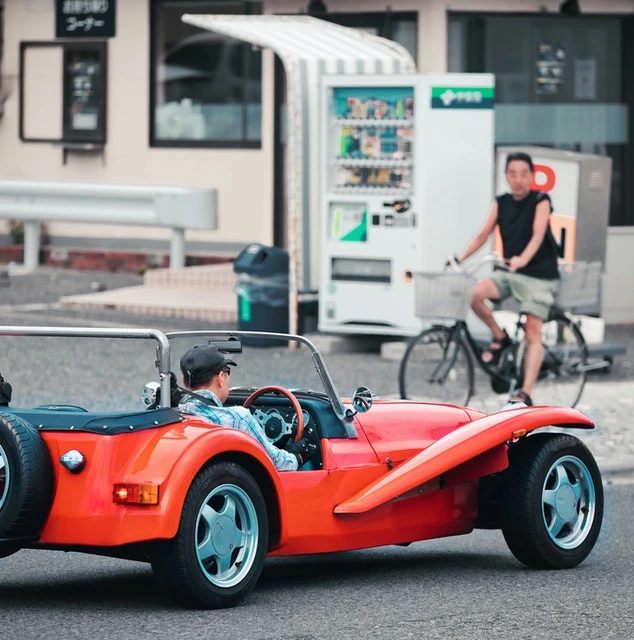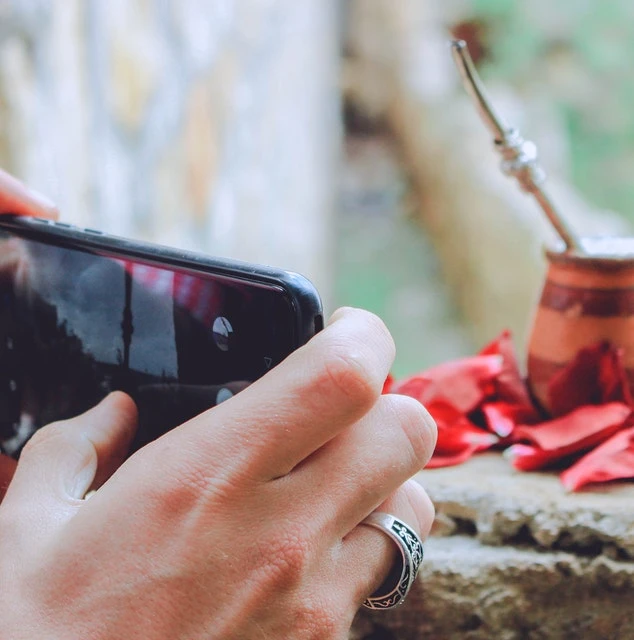So you’re finally taking the plunge and investing in a vacation home. In that case, it’s time to get down to the details. Whether you’re looking for a cozy cottage by the sea or a luxurious ski chalet, there are a few key things to remember as you embark on this exciting new journey.
Keep reading to learn more about the top tips for designing a vacation home that is perfect for you and your family.
Consider your budget.
Before you start renovating your property, you must have a realistic idea of how much you can afford to spend. Many home improvement projects can quickly spiral out of control, so ensure you have a firm upper limit.
Remember to factor in the cost of furniture, decor, and any upgrades or repairs that you may need to carry out. You can estimate these costs by speaking to an experienced contractor. Another option is to shop for various quotes to get an accurate idea of what others are charging.
Whichever way you choose to do this, what matters is that you have prepared enough money to cover the cost of designing your vacation home. This way, you won’t have to cut back mid-project because of not being able to afford certain upgrades.
Think about how you’ll use the space.
Keep your intended usage in mind as you cook up your plan. How you want to use the space will help you design accordingly.
Do you have plans on entertaining friends and family often? Are you looking for a secluded retreat where you can escape it all? By being clear about how you want to use the space, you can design a vacation home that caters to your needs and preferences.
You can also think ahead and plan for future changes. In doing so, you can design a space suitable for your current needs but still allow room for growth and transformation. It’s a smart way to keep your design flexible and up-to-date. Plus, you can make small adjustments whenever you need to without having to start from scratch.
Choose practical materials.
When selecting materials for your vacation home, make sure to choose those that are both attractive and durable. Consider the local climate and use materials that can withstand harsh weather conditions if necessary.
For example, if you’re designing your home near the beach, opt for materials like weather-resistant Barnwood. This type of wood is designed to withstand moisture, salt, wind, and other elements that come with living near the ocean. You can source this material from a premier Barnwood store nearby or shop for it online. On the other hand, if you’re designing a ski cabin in the mountains, opt for materials like stone and reclaimed wood. These materials are sturdy and help keep your home warm during winter.
By knowing the climate and elements in your area, you can choose suitable and stylish materials. Thus, you can enjoy your vacation home for many years to come.
Focus on cohesiveness.
The key to designing a great vacation home is cohesion. As you add different elements and pieces of furniture, always think about how they will come together to create a harmonious space.
A cluttered look might make your home feel chaotic and disorganized. To avoid this, choose pieces that complement each other and come in the same color palette. You can also look for furniture and decorations that have similar shapes and designs.
From there, you can also add some art pieces and wallpapers to bring the look together. Doing this will help create a unified atmosphere in your vacation home that looks inviting and warm. As a result, you’re sure to create a beautiful home that brings comfort and joy to you and your family.

Incorporate sustainability.
Of course, nothing beats being able to spend time in a beautiful and sustainable vacation home. Incorporate design elements that are both eco-friendly and aesthetically pleasing.
For instance, you can put up energy-saving LED lights in the living room and kitchen. You can also opt for low-flow shower heads and dual-flush toilets in the bathrooms. These features help you save energy and conserve water, so your vacation home can have a minimal environmental impact.
You can also use sustainable building materials such as bamboo and cork. These materials are durable, easy to maintain, and look great in any space. Finally, consider adding a few houseplants to give your vacation home an organic and refreshing feel. These additions will help your home look vibrant and lively while helping the environment.
These are just a few pointers to keep in mind when designing your vacation home. With careful planning and consideration, you can create a space that reflects your style and fits your family’s needs. Plus, it will also help maximize the time you spend in your special retreat. So, don’t forget to have fun and enjoy the process of designing your dream vacation home. It’s sure to be a rewarding experience.







